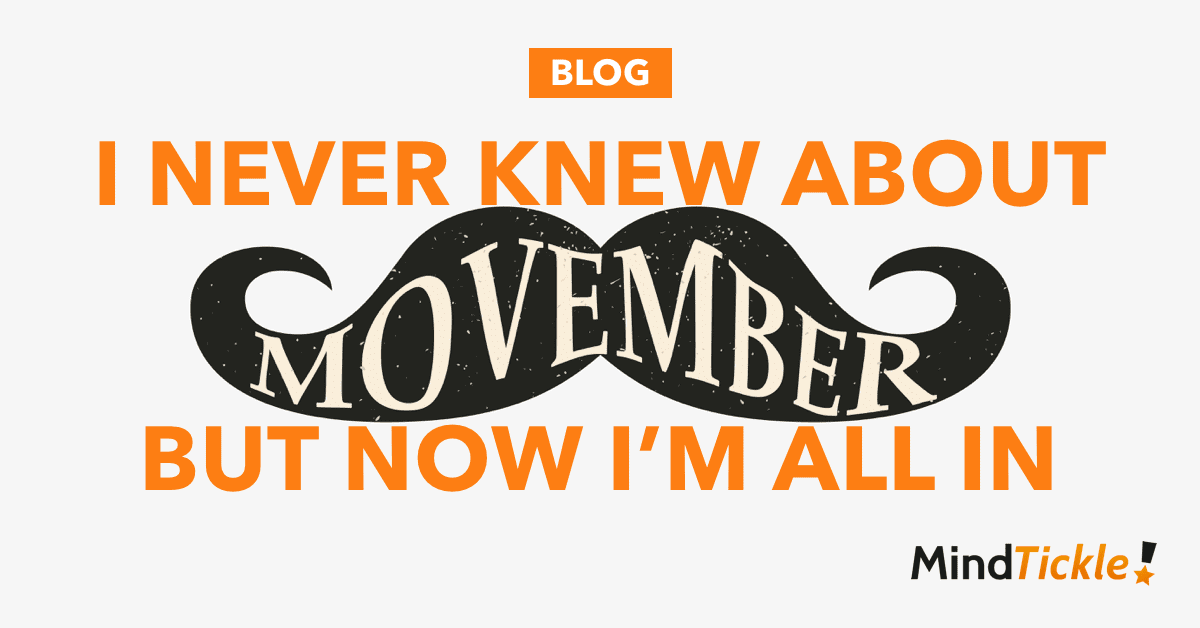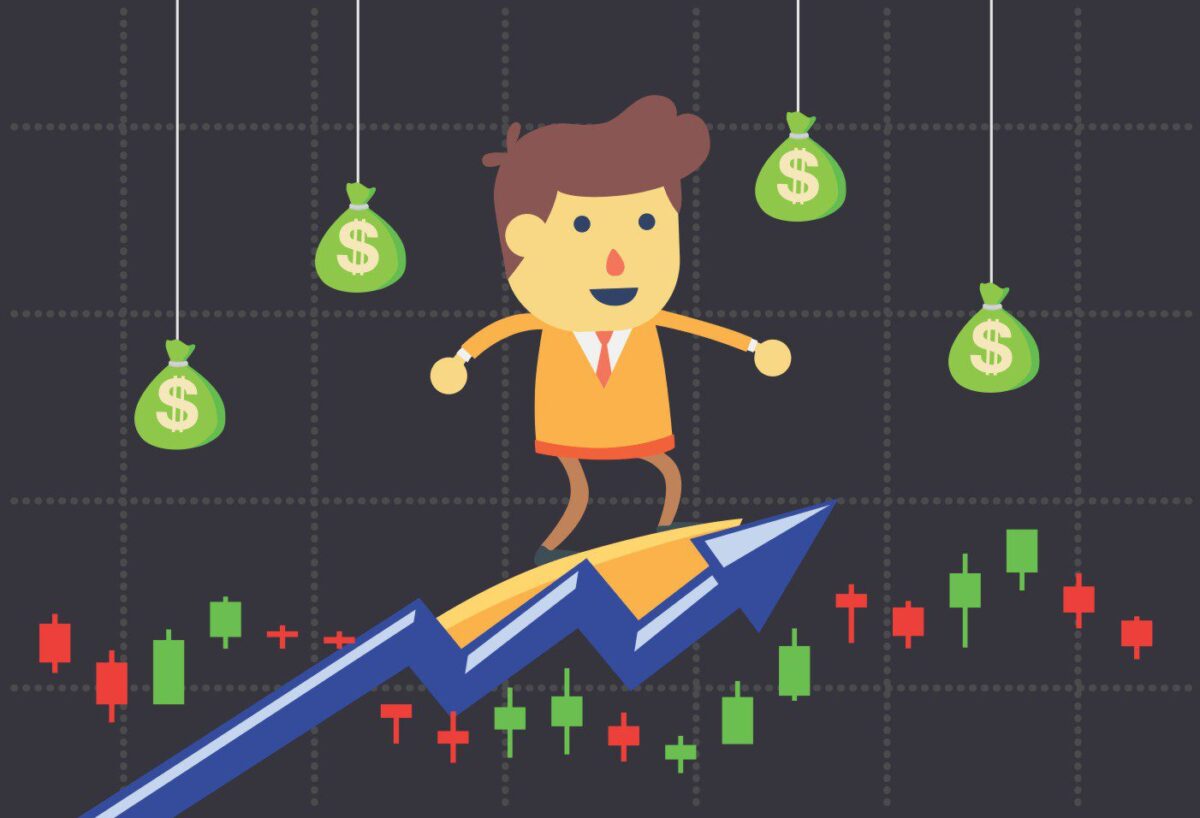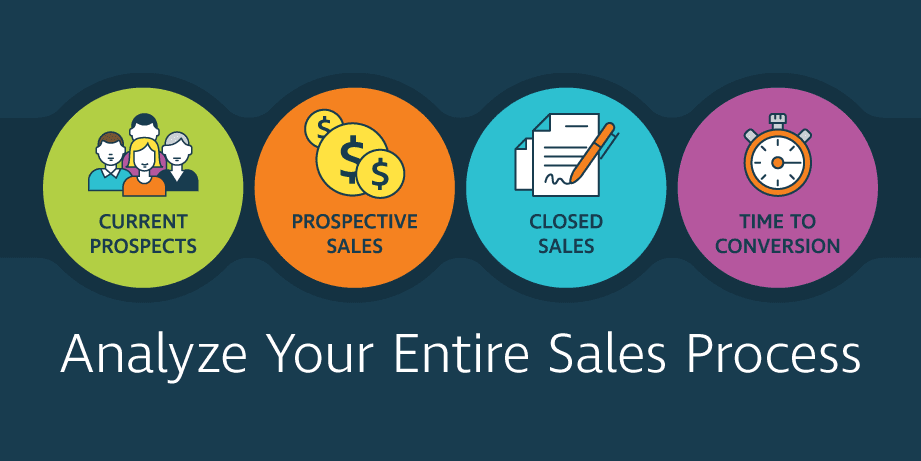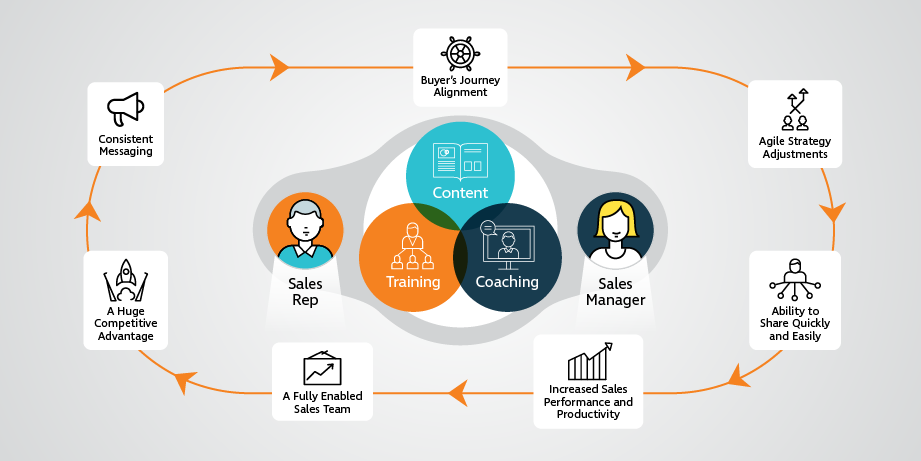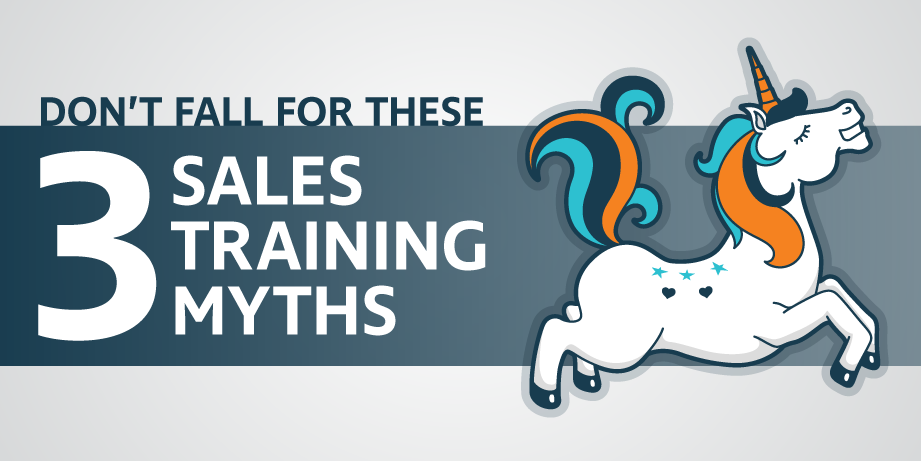Enablement success…or not?
According to research from CSO Insights, “organizations with successful sales enablement programs see 67% quota attainment, compared to only 42% for companies that admit their enablement programs fall short of expectations”. This is great news if you’re running sales enablement for a company or trying to get buy-in across the organization for your own enablement initiatives. The problem is, though, that even though the value of sales enablement is starting to become obvious, recent research on sales performance is putting a dark veil across what would otherwise be a positive initiative.
Over the past few years, not only has quota attainment by sales reps dropped precipitously – with the latest number hovering around 53%
– but the majority of sales leaders also maintain that their sales enablement programs are not fully meeting their expectations
.
If you’re wondering why this happens, you’re not the only one. While more and more organizations are starting to see the value of sales enablement, it seems that most programs still struggle to deliver the expected value. This predicament becomes a bit more clear when we address at a simple question that Mindtickle posed to hundreds of sales leaders at a conference earlier this year:
“If you were to listen to your sales reps on the phone, how many would you say are on-point and delivering your value proposition accurately?”
The results were startling. Over 60% of respondents indicated that they believe less than 50% of their sales teams deliver their value propositions accurately during a sales situation. This points us to two potential takeaways:
- There’s a problem with how sales training is done today
- Enablement teams are clearly not having the expected impact on sales behavior
Tackling these two issues in a way that lasts requires a new, revamped playbook – and this blog post will provide some insight as to how a new sales enablement playbook could potentially look like.
A new playbook for enablement
The first question we typically ask companies looking to improve their sales enablement is what are they measuring and how. If you are still tracking and reporting on course completion rates or certification numbers, the odds that you’ll be getting the proverbial “seat at the table” are pretty slim.
The most successful enablement teams we work with have been able to break out of the traditional learning and development mold and create a new measuring system aligned with what sales most needs: an improvement in seller competency and performance.
But technology is only part of the formula. If you want to create a winning playbook for enablement there are four elements we suggest you think about:
- Approach enablement as a continuous journey through the seller lifecycle
- Prepare reps to handle different scenarios – not follow a script
- Guide and empower front-line managers to better coach their teams
- Institute a data-driven conversation about enablement
Enablement as a continuous journey
Multiple events happen throughout a seller’s time with a company that requires enablement. New products are introduced and new partnerships are formed, the marketing team launches new messaging, competitors change tactics or launch new offerings, changes in the go-to-market strategy open up new territories or industries – for all of these and more, a seller should be continuously informed.
While we are all familiar with the above scenarios, if your enablement team wants to upgrade their playbook, a good start is to look at these enablement events not as isolated moments, but rather in the context of the buyer/seller journey.
The seller journey is related to the seller’s own experience at your company (new rep vs veteran), performance (low, mid, high), and all the other facets that might impact how this person learns, applies their learning and wants to learn.
The buyer’s journey, on the other hand, is related to what buyers are looking for throughout the sales process and how you are enabling the salesperson to engage with the buyer throughout those stages and help them make a decision. Understanding the “persona” of your sales rep, their needs throughout the buyer journey, and their needs for all of the scenarios which require enablement will help you start thinking differently about the plays you want to add to your playbook which will help guide the sales enablement team.
Skills, not a script
The next chapter in your playbook for better enablement is looking at the sales team’s skills and competencies, and working towards developing the ability for sales reps to adjust and adapt their approach to buyers based on the buyer’s needs instead of a standardized, predetermined pitch.
While the pitch certification is important to establish a baseline and ground rules, reps should be “situational-aware,” and tailor their conversations accordingly. A high level of “situational awareness”
requires better readiness for your sales team and the adequate tools to get them to where they need to excel.
Great enablement programs incorporate different ways in which reps can practice sales scenarios and get constructive feedback and coaching. Virtual role-play technology is key in this area so that you can train Account Executives on how to counter objections, help Business Development Reps hone their outbound email writing skills, and Sales Engineers to try different ways to demo a solution or answer a technical question.
Coaching in the frontlines
While the impact of sales coaching is known to drive over 27% improvement in sales wins rates
, many companies still lack this chapter in their playbooks. Best-in-class organizations, however, have decided to give frontline managers the tools they need to become better coaches. And while training sessions help, there are a few key elements that are essential when rolling out a coaching program:
- Coaching framework
- Coaching cadence
- Accountability
- Results
Having a coaching framework gives managers tangible guidance on what to coach reps on and hot to coach them. Typically, this is connected with a competency model so that managers can tie observable behaviors back to the key competencies reps need to develop.
A cadence helps make sure that coaching becomes a habit where managers drive and hold regular coaching sessions. The accountability bullet points to requiring a senior leadership sponsorship to ensure that the front line managers not only have the tools they need to implement coaching but are also measured and tracked on their coaching initiatives. Frontline managers who are held accountable for coaching their teams and have the resources to do it end up performing better than the average with the results to show.
Finally, being able to track results is the missing link in most coaching programs. Companies using field coaching forms but not compiling the information or those who coach regularly but don’t track the impact on deal velocity or size end up missing the biggest incentive reps have to spend time in coaching sessions.
When creating your own coaching playbook, make sure you have the tools to ensure both reps and their frontline managers are properly enabled to put the program into practice.
Data-driven enablement plays
Measuring and reporting on enablement success can only be done if you know what to measure and how to measure it. Any playbook will fall short and won’t be adopted if you can’t start tying those initiatives with lagging and leading indicators.
At the top of the list is what we call your “Readiness Index”. How can you tell whether an individual rep is sales-ready? And what does readiness means for your organization? The best enablement leaders are not waiting for the VP of Sales to schedule a meeting and tell them her readiness goals. If this is not clear in your organization, take the reins and put together a draft document with a definition that you believe is the correct one for the team you work with and seek the sales leaders to either agree and approve or discuss and improve.
Elements of readiness typically include:
- Knowledge score:an indicator of whether the reps are able to recall key information required to do their jobs.
- Skills or capability score:the metric showing how well each rep is doing related to the core competencies required for them to do their jobs and apply their knowledge in specific situations.
- Execution or behavior score:a key value related to true field observation (either via ride-alongs, shadowing calls or reviewing recordings) that tells how reps are actually executing or using their knowledge and skills in real conversations with buyers.
Ideally, you want to be able to have all this information in a system with visual analytics that you can share with managers and they can pull the information themselves about their teams. Once you start collecting hard data on the three key elements above, the conversations about enablement programs and priorities become grounded on true data and help show the value that sales enablement brings.
Concluding thoughts
Creating a sales enablement playbook can be hard if you try to do many things at once, but focusing on the core elements described in this post I hope we have guided you in a clear direction where you can start slowly building the different plays that tie into a continuous enablement journey, preparing reps for different scenarios, incorporating coaching and having a data-driven vision for how your programs can be measured and proven effective.

